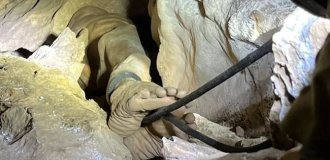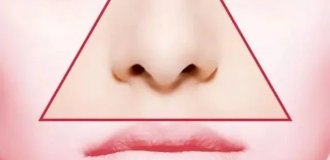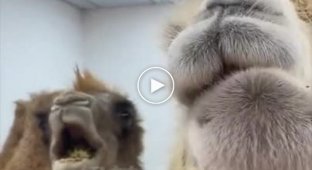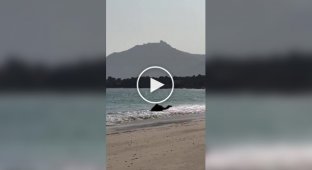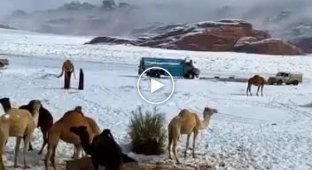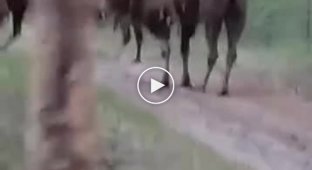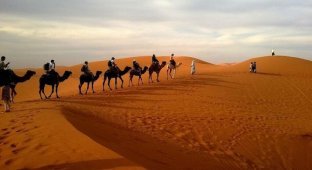These animals have never seen deserts. They are ships of the oceans, not of the sand dunes. Kharay camels break all the stereotypes. They are the only sea camels of their kind, capable of swimming 10 kilometers at a time! 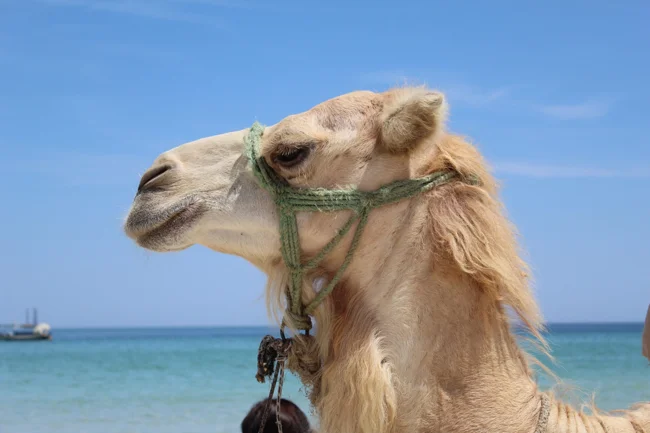
Yes, I am a ship. And what is a desert?
Kharai camels are a small and rare breed, settled on the coast of the state of Gujarat, which is in Western India on the border with Pakistan. Outwardly, they are almost indistinguishable from other camels. Big deal, their legs are a little longer. Big deal, their ears are a different shape. At first glance, you wouldn't think that the Harai don't know anything about deserts. 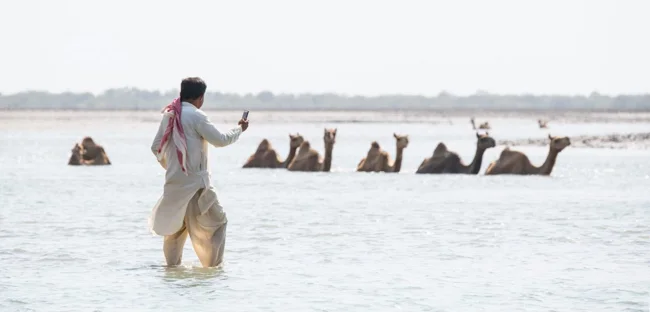
It's crazy, camels are mooring to the shore! I need to take a picture, otherwise no one will believe me!
Their fiefdom is the dense mangrove jungle on the coast of the Arabian Sea, where the animals spend 9 months of the year! And during the monsoon season, they even swim to the coastal islands, where the vegetation is especially lush. All day long, the camels are surrounded by water and lush greenery, where, it would seem, they don't belong. 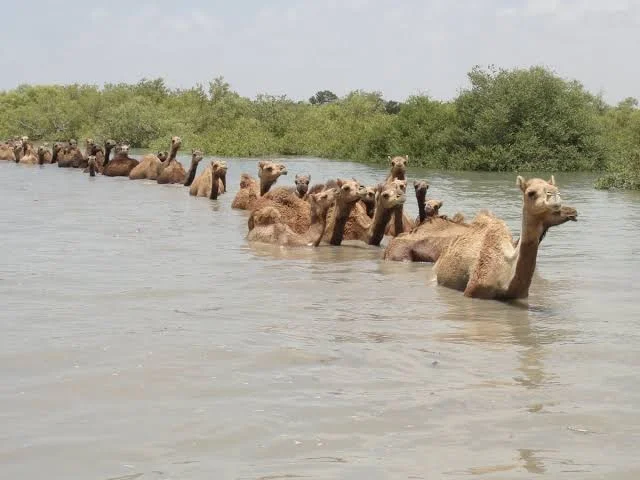
Susanin! Where have you led us?! However, we like it...
And only local residents and scientists know: mangrove forests are as cruel as sandy wastelands. Yes, there is a lot of water and greenery around, but they are poisoned by salt. Other animals tamed by man cannot feed here in principle. 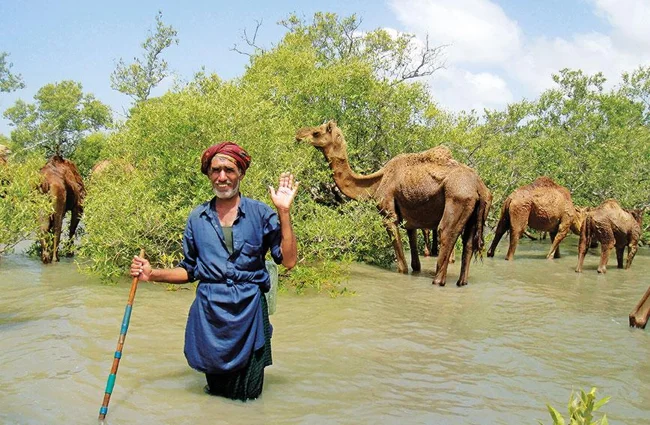
The word "Kharai" is translated as "salty". Camels were named this way either because of the salt that crystallizes on their skin, or because of their lifestyle.
Camels can live for several days without water. But they cannot live without it at all. During droughts, people water their animals from wells on the mainland. But during the rainy season, maladharis, camel drivers, drive herds to the islands, where rainwater forms fresh water reservoirs in the lowlands. There, the camels will spend from six months to nine months. 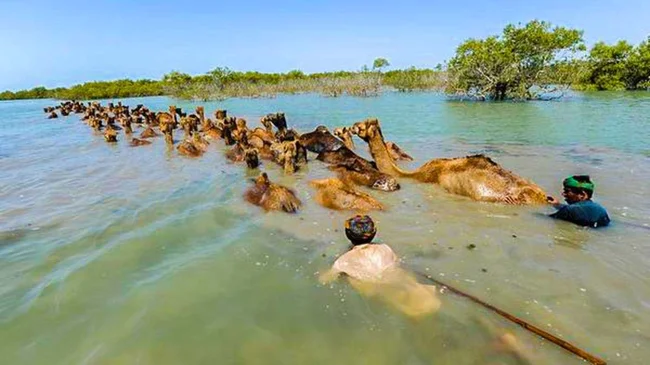
There is a Soviet film called "Striped Flight". And India has its own version - "Humpbacked Flight".
The way a giant herd sets off is truly impressive. Under the watchful eye of the drivers, a herd of hundreds of camels rushes into the water to cross the strait between the island and the coast! The ability to swim for camels is not surprising, they stay on the water amazingly well for desert ships. But only the harai can swim 10 kilometers at a time! 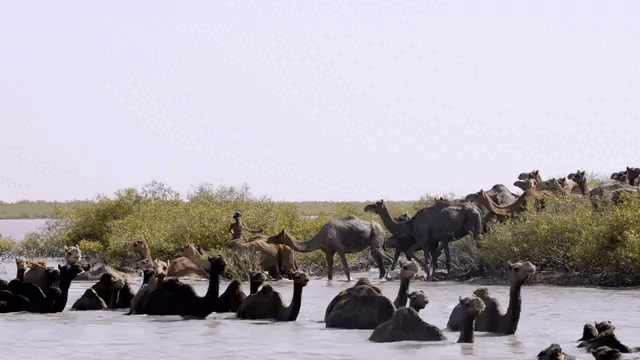
I wish I could drop everything and go swimming with camels!
Kharai play a huge role in the lives of the Gujarati people. In the past, they were the only stable source of wool, meat and milk, and now they provide jobs for thousands of people in dozens of villages. But India only appreciated their importance for local residents in 2015. 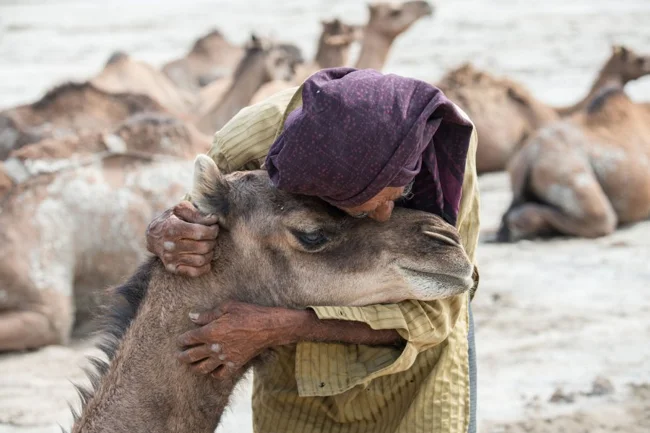
Many Maladhari have dedicated their entire lives to camels and have seen nothing but mangrove forests and swimming camels.
The state has officially recognized the existence of the breed and pledged to provide it with a secure future: to increase the number of animals and distribute grants to scientists interested in studying the phenomenon of sea camels. 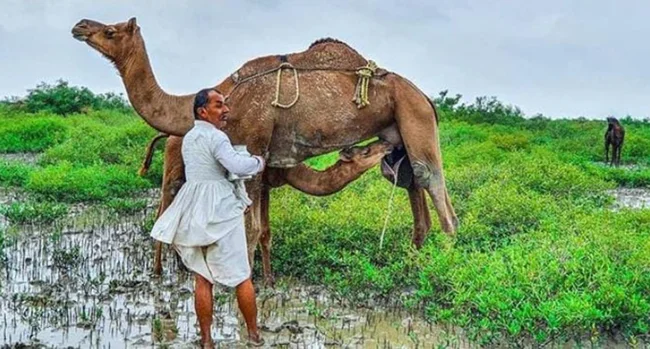
If in 2015 the camel population was about 10 thousand individuals, then by 2021 their number had decreased by half - to 4.5 thousand.
But words and promises are shattered by harsh reality. Today, India is a state that invests huge resources in the development of industry. Therefore, the coast of the state of Gujarat is rapidly blossoming with ports and salt mining enterprises. Mangrove jungles outside the reserves are massively cut down, and no one allows camels into nature reserves. 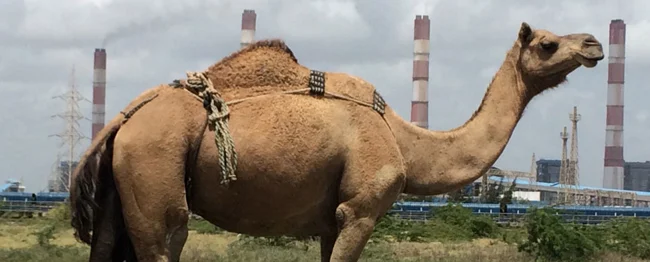
Some of them will have to move over. And I have a bad feeling...
The animals are in limbo. On the one hand, the government promised to preserve the breed and provide local residents with a place for folk crafts. On the other, India needs to develop, and there can be no way around it without victims. The fate of this unique breed is as murky as the fate of their owners.
Add your comment
You might be interested in:

